About LANDU Hydroxyethyl Cellulose (HEC)
Hydroxyethyl Cellulose (HEC) is a non-ionic, water-soluble polymer derived from cellulose, a natural component of plant cell walls. Think of it as a microscopic network builder. It’s created by modifying cellulose with ethylene oxide, resulting in hydroxyethyl ether groups attached to the cellulose backbone. This modification gives HEC its unique properties, especially its ability to thicken water-based solutions like emulsion paint. But what is the magic of HEC? Imagine building a tiny jungle gym of molecules within the paint. These act like the supporting structure of playground equipment, which is responsible to hold the weight from all directions.
HEC plays varying roles based on the quality and intended use of the paint:


In these paints, HEC primarily functions as a cost-effective thickener and stabilizer, preventing pigment settling and providing basic application properties.
HEC provides improved viscosity control, leading to better hiding power, leveling, and sag resistance compared to economy paints.
Here, HEC works in synergy with other additives to create a high-performance paint with exceptional application properties, durability, and color retention. It ensures smooth flow, excellent coverage, and long-lasting protection.
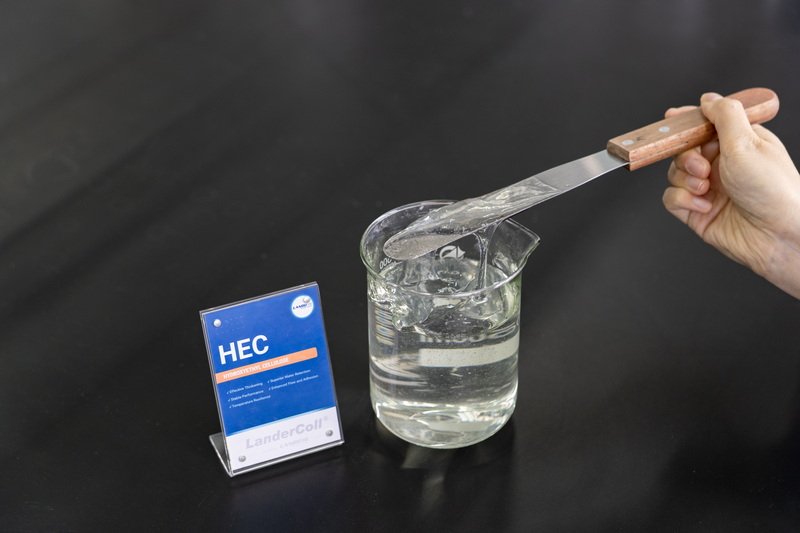

Increase shelf life and maintain quality over time.

Prevent premature drying for a smoother finish.


LANDU offers a comprehensive range of Hydroxyethyl Cellulose products tailored to meet the specific requirements of emulsion paint formulations. Our LANDERCOLL series is known for its consistent quality, excellent performance, and ease of use.
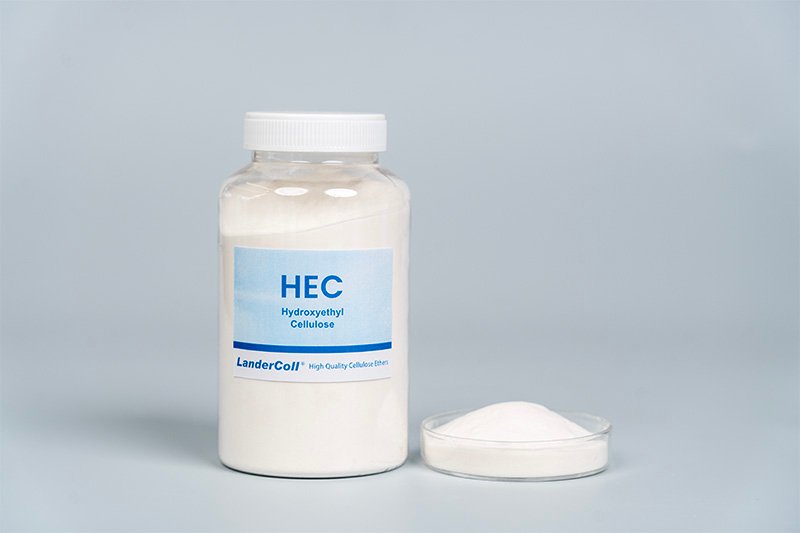
All LANDERCOLL products are available with global shipping and custom formulation support. Contact us for a free sample!
| Product Name | Viscosity (Brookfield 1%) | Key Features | Recommended Use |
|---|---|---|---|
| LANDERCOLL HE15MBE | 800 - 1500 | Biostable Type: Fast dissolving, good leveling, excellent pigment suspension. | Excellent leveling performance and dispersion of color paste. |
| LANDERCOLL HE60 | 2500 - 3500 | Standard Type: High viscosity, excellent water retention, superior sag resistance. | Standard and premium grade interior/exterior paints. |
| LANDERCOLL MEB7000 | 6000 - 8000 | Hydrophobic Type: Very high viscosity, exceptional thickening efficiency, long-term stability. | High-build coatings, textured paints, and specialty coatings. |
| LANDERCOLL D60 | 400-800 | Associative type: Enhanced workability and anti-sag performance. | Suitable for coatings and water-based paste putty. |

Interior, exterior, primer, texture.

Desired paint consistency for application.


Brushing, rolling, spraying.
| Condition | Paint Type | LANDERCOLL Recommendation |
|---|---|---|
| Interior, Economy | Latex Paint | LANDERCOLL HE30M |
| Interior, Standard | Acrylic Paint | LANDERCOLL HE60M |
| Exterior, Premium | Elastomeric Coating | LANDERCOLL HE100M |
| High Humidity | Interior/Exterior | LANDERCOLL MEB30M or MEB60M |
| Delayed Thickening Desired | Tint Bases | LANDERCOLL MHE500 |

| Problem | Solution |
|---|---|
| Pigment settling during storage | Use a higher viscosity LANDERCOLL grade (e.g., switch from HE30M to HE60M) to improve pigment suspension. |
| Paint drips or sags after application | Increase the HEC concentration or use a higher viscosity grade (e.g., switch from HE60M to HE100M) to enhance sag resistance. |
| Poor leveling and brush marks | Use a lower viscosity LANDERCOLL grade (e.g., switch from HE60M to LR) to improve flow and leveling properties. |
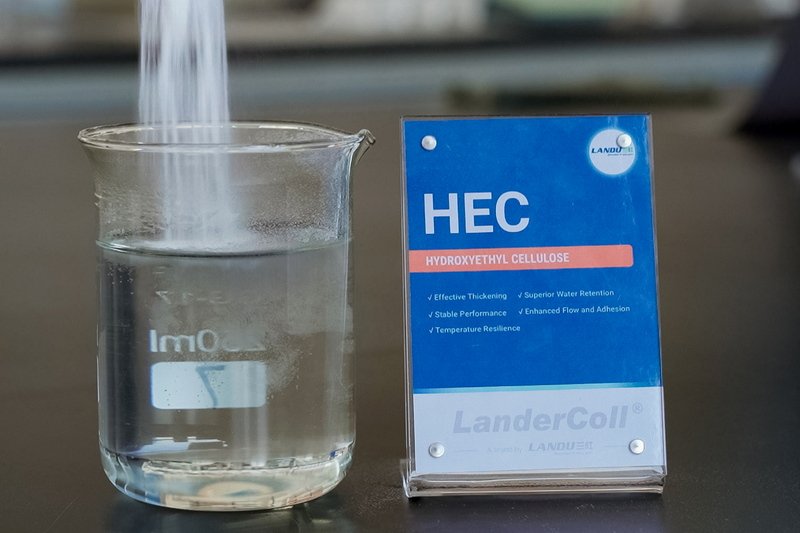
Slowly add LANDERCOLL HEC to water with vigorous agitation to prevent lumping. Using warm water can accelerate the process.
Continue mixing until the HEC is fully dissolved and the solution is clear and homogeneous.
Add the HEC solution to the paint formulation during the let-down phase.
Adjust the HEC concentration as needed to achieve the desired viscosity and performance characteristics.
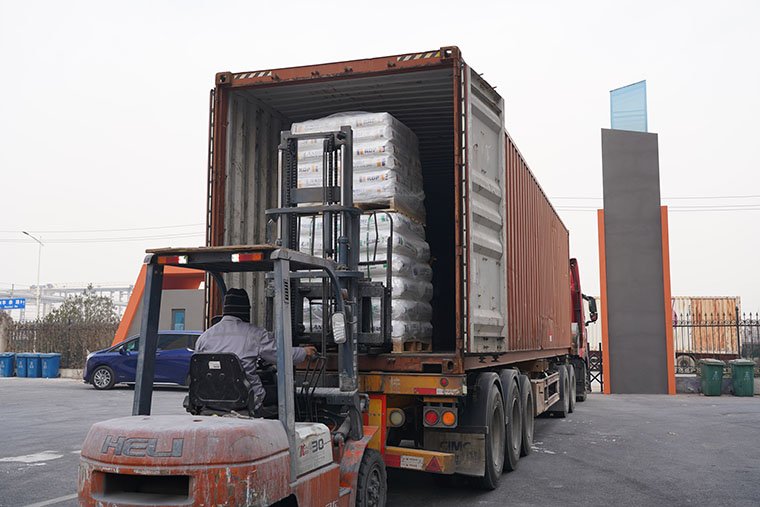
About LANDU Hydroxyethyl Cellulose (HEC)
| Feature | Detail |
|---|---|
| Packaging | 25 kg multi-layer paper bags |
| MOQ | 500 kg |
| Lead Time | 7-14 days. This may vary according to order requirements. |
| Payment Terms | T/T, L/C, OA, and more |
| Shipping | Sea Freight by CIF, FOB, CFR, and more |
| Sample Policy | Free samples available upon request |


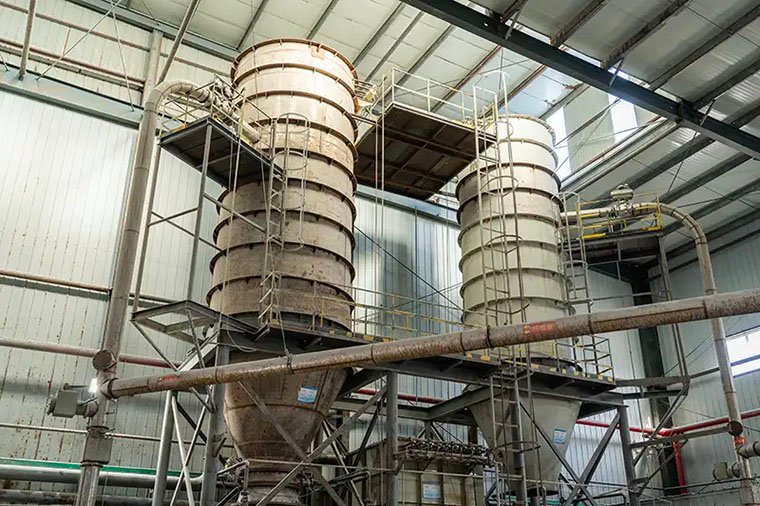

LANDU is committed to providing high-quality HEC products. We are continuously exploring new applications and modifications of HEC to enhance its functionality and sustainability.
Our state-of-the-art manufacturing facility is equipped with advanced process control systems and analytical equipment to ensure consistent product quality.
Our R&D team is dedicated to developing innovative HEC solutions with advanced rheological testing, particle size analysis, and other techniques.
Contact LANDU today for a free sample and discuss your specific requirements and learn about our custom formulation services. We’re here to help you create the best possible emulsion paint!
LANDU is on standby here to help you find the right solution for your needs. Whether you need free consultation, technical guidance, product samples, or logistical support, our team is ready to assist!

Torres brings over 10 years of experience in the chemical and cellulose ether industry, specializing in HPMC applications across the construction, pharmaceuticals, personal care, and food sectors. With a deep understanding of market needs and regulatory standards, he is dedicated to helping customers in Europe find the right HPMC solutions for their unique requirements.

Cynthia combines technical precision with a problem-solving mindset, helping clients resolve challenges and optimize HPMC for their specific needs. She is responsible for quality control, performance testing, and failure analysis of HPMC across multiple industries. Whether you’re testing a new formulation or diagnosing inconsistencies, Cynthia provides data-driven insights for reliable results.

Our team ensures high standard!and flexible solutions for various
customer needs.